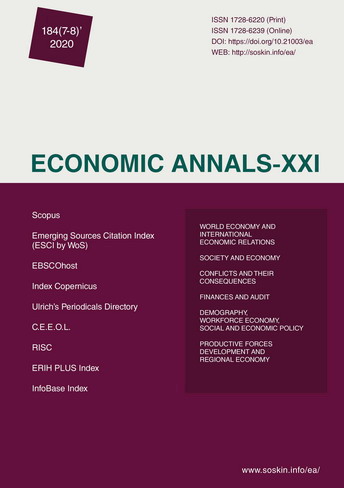Audit and accounting considerations on cryptoassets and related transactions
Audit and accounting considerations on cryptoassets and related transactions
Author(s): Alla Ozeran, Nadiia GuraSubject(s): Economy, Financial Markets, Accounting - Business Administration, ICT Information and Communications Technologies
Published by: Institute of Society Transformation
Keywords: Cryptoassets; Cryptocurrency; Auditing of Cryptoassets; Cryptoassets Internal Control Framework; Decentralized Finance; DeFi; Assertions;
Summary/Abstract: Introduction. The rapid rise and volatility of cryptoassets have led to increased global interest by governments, investors, regulators. In 2020, the market capitalization of cryptocurrencies increased to USD 758.06 billion by expert estimations. Each of the cryptoassets has its own unique features and characteristics which makes their accounting and auditing challenging. The lack of official accounting and auditing guidance for cryptoassets and related transactions impose additional audit risks that should be measured properly before the client-acceptance stage and planning audit procedures. We developed a model which links financial statement assertions, identified cryptoassets’ risks that should be considered during the audit, and related controls in response to such risks. The purpose of this paper is to identify cryptoassets framework for audit planning and gathering audit evidence to support management assertions regarding their financial statements. Methods. This paper adopts an empirical research approach with application of auditing and analytical procedures. In a comprehensive analytical overview of trends in cryptoassets market capitalization, the authors have used statistical methods and structural analysis, the selected sample includes daily data of cryptoassets market capitalization during January 2016 - February 2020. Results. According to the conducted research, the auditors have to consider whether to accept or continue an audit engagement when an entity has engaged in material cryptocurrency transactions; the auditors have to identify and assess risks of material misstatement in financial statements related to cryptoassets transactions and balances. We suggested a possible substantive audit procedures for cryptoassets and related transactions, such as: inspection of the wallets and verification the balances on them; confirmation by a third party (traders); inspection of documents supporting ownership of the asset (white papers, agreements with crypto-traders); testing client internal controls system and controls that are implemented to ensure the security of the private key of crypto-wallet.Conclusions. It is becoming common for financial statements to show cryptoassets balances and reflect the results of cryptoassets transactions, however, many auditors may have little or no experience with cryptoassets and therefore may not fully appreciate the challenges that auditing these items may present. The auditors need to identify and assess risks of material misstatement throughout the process of obtaining an understanding of the entity and its control environment, and evaluate the potential effect of that risks on financial statements.
Journal: Економічний часопис - ХХІ
- Issue Year: 184/2020
- Issue No: 7-8
- Page Range: 124-132
- Page Count: 9
- Language: English

